Question"Flash" is a young redfoot tort, roughly 16 months in age, with a carapace of 3.5 inches in length. I 'rescued' him last August from a college student who didn't have the time to care for him- he was kept in a small cage with reptile carpet as substrate, and no heating source. Among the things he came with was an eye infection and symptoms of pneumonia.
In my care, Flash has been kept in a 30 gal terrarium with ExoTerra Forest Moss (love that stuff!), a low-UVB bulb, two water bowls, two hides and a heater underneath. On one side of his habitat the temp and humidity stay at about 70 each, while they are at 80 on the warmer side. His diet consists of fruits (strawberries and blackberries are his favorites), veggies, leafy greens and the occasional boiled beans or chicken. He has a GREAT appetite.
The problem is that Flash has been sick this entire time. His eye has never fully opened, and he continues to have labored breathing with a head bob- obviously a sick tortoise!
He has been on several trips to see two different reptile vets- the first had me using Gentamicin eye drops and Baytril injections, the second had me stop them both and use Amikacin injections instead.
Flash has been on several rounds of Amikacin now, and has shown no signs of improvement. I have tried talking to his vet about alternatives, specifically nebulizing therapy, but he claims these treatments don't work on torts.
On the positive side, Flash continues to have a great appetite and is growing.
I am very interested in your ideas and thoughts on Flash's condition. I would also like your opinions on treating torts with ORAL antibiotics instead of injections, and other forms of treatment or supportive care that I may not be aware of.
Thank you for your time!
Alia S.
AnswerUnderstand- I AM NOT a vet or a breeder or anything.
To me, most of this is sounds more like a basic cares issue. Young Red-foots are easily dehydrated and I do not see anything that looks particularly like an infection.
While I am not a world-class expert, I do hang out on several Red-foot themed foums and a common comment is that low humidities and poor hydration leads to eye issues.
I am glad he is getting better care, but I think you can take it up another couple notches and really help.
1. Temps. Aim for an overall temp of about 85F, with a small hot area of about 90, especially when it is still acting somewhat ill. The immune system of most reptiles works best in heat.
2. Humidity. Aim for a place of about 95% humidity. A 'heated humid hide' works nicely. One way to do this is to take a plastic box with a lid and cut a tortoise-size hole in one side. Sew some long fibered sphagnum moss (Forest Moss works) into a cloth bag, then dunk the bag and hang it in the hide. Put an inch or so of barely damp moss in the bottom of the box, and park the whole think in the hottest part of the habitat.
Humidity note: avoid spraying ultra-sonic humdifier mist into the habitat- it is generally rather cool and can cause breathing problems of its own.
3. Hydration. The easiest way to hydrate a Red-foot is to make sure all of the food is fresh, moist, misted, etc. Greens loose a lot of moisture quickly and a good cold soak can rehydrate them nicely. Moist or moistened foods, good humidity, and easy access to clean fresh water make a big difference.
4. Diet. Red-foots live in a lot of habitats in South America, but msot of them live in the wetter parts of dry savannaha, thorn forests, etc. Most do not get a lot of fruit, like is often mentioned in many care books. The fruit they DO get is not the sugary stuff we eat, but is more like many vegetables. I'll talk more about diet at the bottom of the reply.
As far as antibiotics go, I would want to know what infection they think is there and what the symptoms are. Often, antibiotics are used as a supportive care to prevent secondary infections, but since most infections show pus, oozing, redness, or other signs, I tend to not worry about them. Also, most infections would cause a lose of appetite.
I'd wean him off the meds and try out the tweaks to the cares and diets.
If you want some other viewpoints, try http://www.tortoiseforum.org or http://www.shelledwarriors.co.uk There are plenty of experienced keepers on both sites.
A nearly perfect diet would look like this:
- Most of it would be a mix of leaves, greens, lettuces, stalks, flowers, hays, and grasses. Every day would include a large amount of 'bulky filler', fiber, some high-calcium foods, and fairly low calories in general.
- Occasionally (once a week or so) there would be some fruit, mostly in the form of vegetables with seeds (technically these are fruits) like squash and bell peppers, but also traditional fruits like figs, papaya, mango, melons, plums, and pineapple. Sometimes it can be naval oranges, apples, pears, etc.
- Once a month or so would be some meat, preferably whole and live, like worms or bugs. 'Hopper' mice (bigger than fuzzies) are good (more calcium than fuzzies or pinkies), but even things like oily fish, eggs, and soaked cat kibble will work. They don't need much.
By the way- you may have heard that things like cabbage, kale, spinach, banana, tomato, Iceberg lettuce, and so on are bad for one reason or another, but all are fine when used in moderation in a varied and balanced diet.
What I do for my little ones on a weekly basis is:
- Buy a bag of mixed greens. When I open it, I take out some for my own use and mix in some pure calcium powder and some cut up rabbit hay (for added fiber). Once opened I try to use it up.
- Buy a small bunch of turnip, collards, or dandelion greens. For little torts, I cut/rip it up and serve- with the stalks. for older torts, I leave it whole. Soak in cold water for at least 15 minutes to rehydrate the leaves. When possible, I use things like fresh edible flowers, mulberry leaves, and other fresh edible leaves, flowers, stalks, and grasses.
- Buy some fruit- either a whole fruit like a mango, or some fruits and veggies off a salad bar. If it is the whole fruit, I serve it later in the week. If it is the salad bar, I serve it the next day. For one 3" tort, I would only serve about a golf ball size chunk of fruit a week (I eat the leftovers for lunch!)
- Once a month, a smaller tortoise would get about a meatball's worth of meats.
It is too easy to overfeed these guys. They will eat all day if we let them. Some people use fasting days, others use small meals or limited serving periods. I prefer using low-nutrient foods for the bulk of the diet (most lettuces count for this).

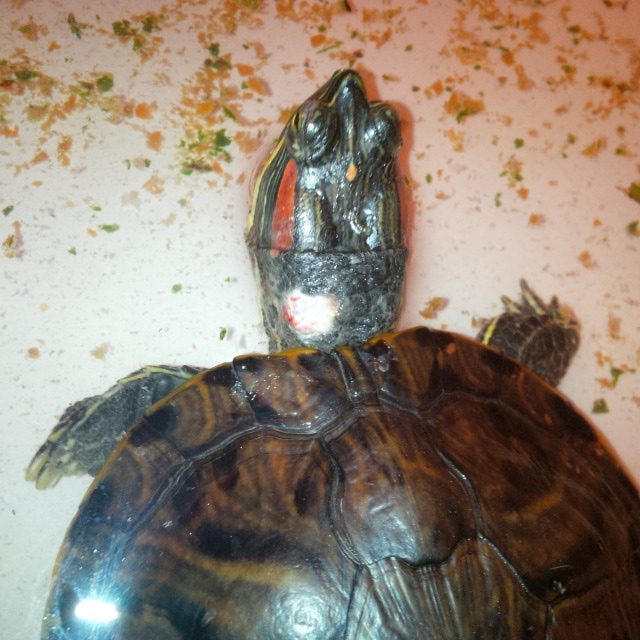 Turtle Skin Sore
Question
turtle
Hi,
I have two red eared slider
Turtle Skin Sore
Question
turtle
Hi,
I have two red eared slider
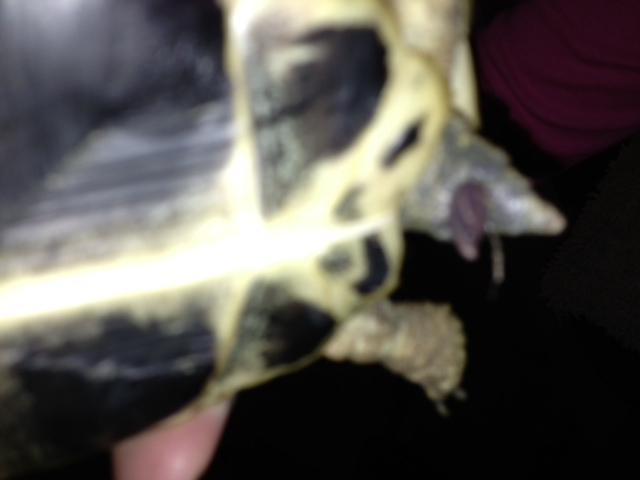 Hermann Tortoise
QuestionQUESTION: Hello. My question is in regards to o
Hermann Tortoise
QuestionQUESTION: Hello. My question is in regards to o
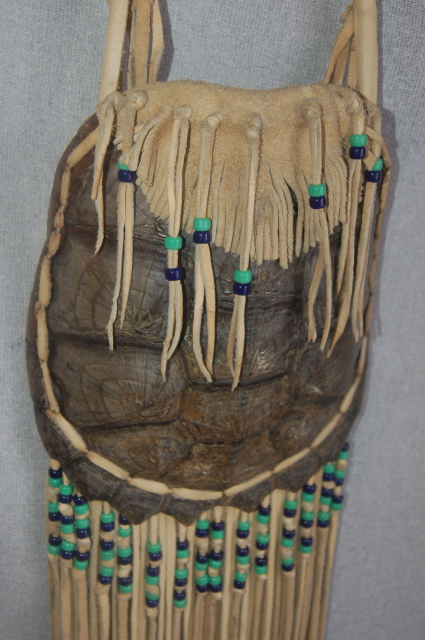 recognize turtle by the shell
Question
shell bag Shell bag
Hello, I have
recognize turtle by the shell
Question
shell bag Shell bag
Hello, I have
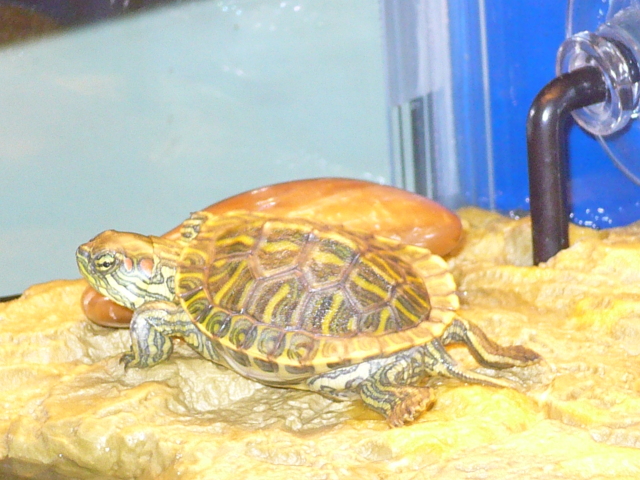 RES Shell Curling?
Question
Franklin
Hi Amanda...my question isnt about bo
RES Shell Curling?
Question
Franklin
Hi Amanda...my question isnt about bo
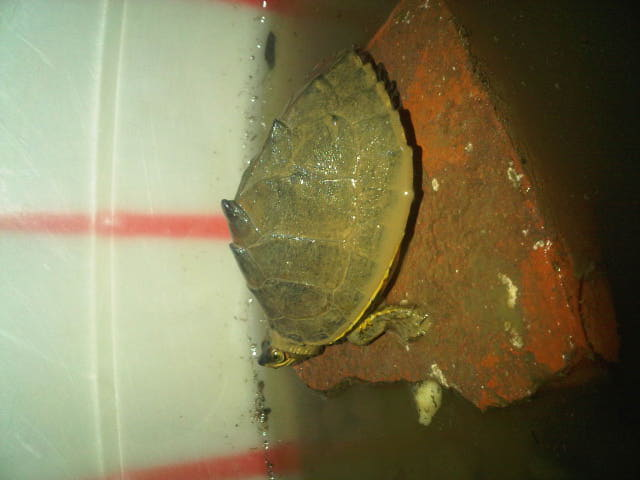 q.
Question
Sir I want to know about this t
q.
Question
Sir I want to know about this t